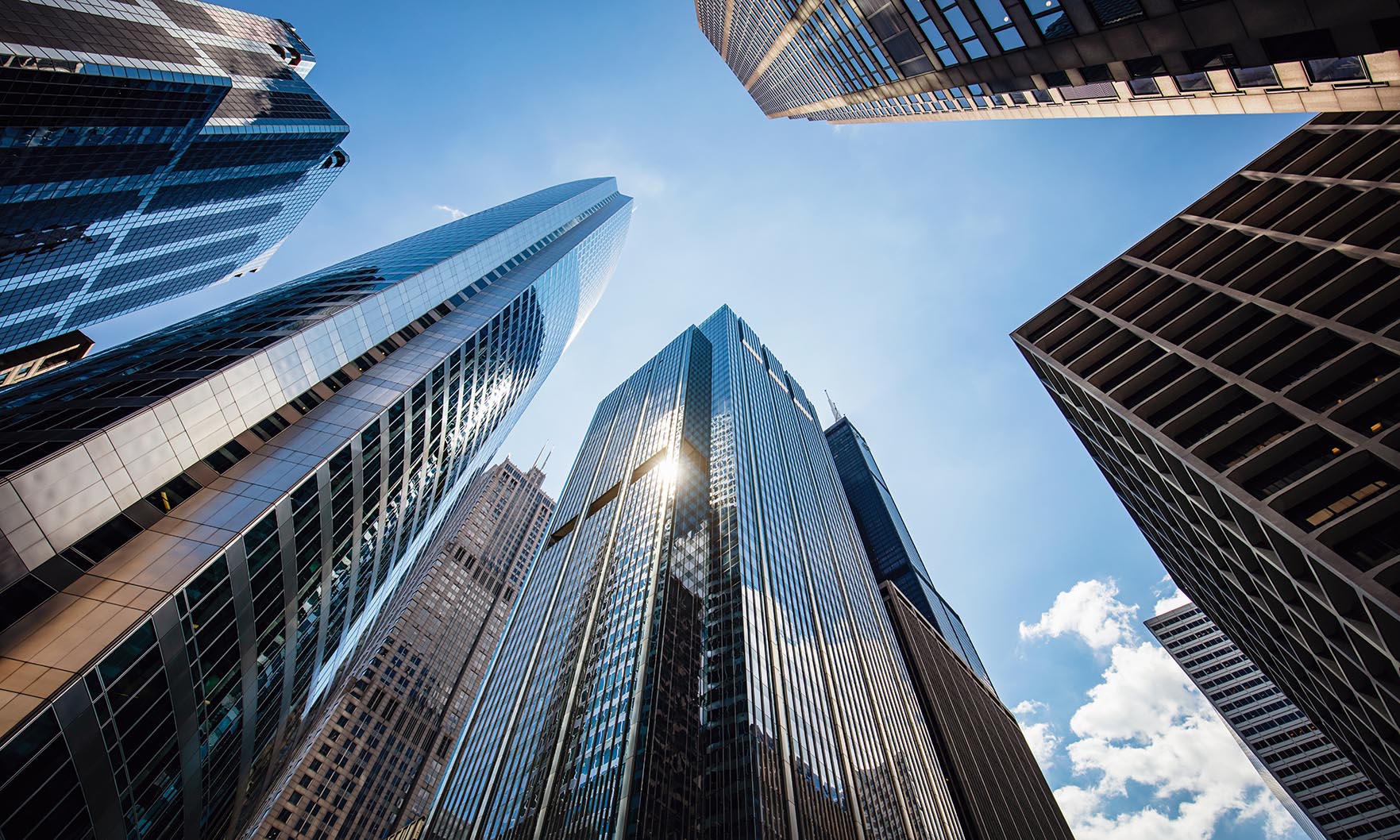While skyscrapers usually command the attention of the office sector of real estate, a new study shows that multifamily applications of this architectural style are on the rise in Chicago.
Apartment search site RENTCafé analyzed data on multifamily buildings from commercial real estate data source Yardi Matrix to see how the share of high- and mid-rise buildings has increased over time.
For the purposes of their report, RENTCafé characterized low-rise buildings as buildings with four or fewer floors, mid-rise buildings as being between five and 12 floors, and high-rises as being those that have 13 floors or more. Skyscrapers (which were lumped into the high-rise category) are buildings with more than 40 floors.
Chicago ranked third among the cities that boasted the highest share of high-rise multifamily buildings in the country, after Boston and New York. RENTCafé referred to Chicago as the “poster child for this relatively new trend” noting that high-rise residential buildings “dominate the city” at a 41 percent share of the multifamily sector. The city has seen a rapid rise over the past few decades; in the 1990s, only 24 percent of Chicago’s residential buildings were in the high-rise category.
In terms of the number of new residential skyscrapers, though, Chicago comes 2nd with 25 multifamily buildings of 40 or more floors delivered in the last 30 years.
Chicago has seen strong growth in terms of the number of high-rises in this decade when compared to the previous two. Between 2010 and 2018, the city saw 71 high-rises go up, compared to 33 between 2000 and 2009 and 11 between 1990 and 1999.
RENTCafé also compiled a list of the tallest residential buildings developed in the last three decades in the U.S., and found it was bookended by Chicago buildings. No. 1 on the list was Aqua at Lakeshore East, clocking in as the highest residential building in the nation, outranking NYC’s tallest high-rise by 11 floors. At the end of the list was the 58-floor OneEleven building. The rest of the list was dominated by New York, with one stray New Jersey property.
Average floors have also increased in the city over this same time period, with this decade seeing 15, as opposed to the 14 and 11 floor averages of the previous two decades. Mid-rise construction has decreased as a share of building in the city. In the 1990s, some 67 percent of multifamily buildings that went up in Chicago were of this type. In the last decade, this has been reduced to 39 percent.
National averages are much lower, but still show the same upward trajectory that Chicago has seen. Thirty years ago, in the ’90s, the average residential building in the U.S. had three floors. The following decade, the average height was around four stories, and this decade, which in general saw the biggest boost in high-rise construction, the average building height rose to six floors.
Florentina Sarac, a researcher for RENTCafé, noted that the rising cost of land may factor into more developers choosing to reach for the stars. “With demand for apartments strong across the country, combined with the scarcity and value of land sharply increasing, developers in urban areas are looking upwards,” she wrote on RENTCafé’s blog.
